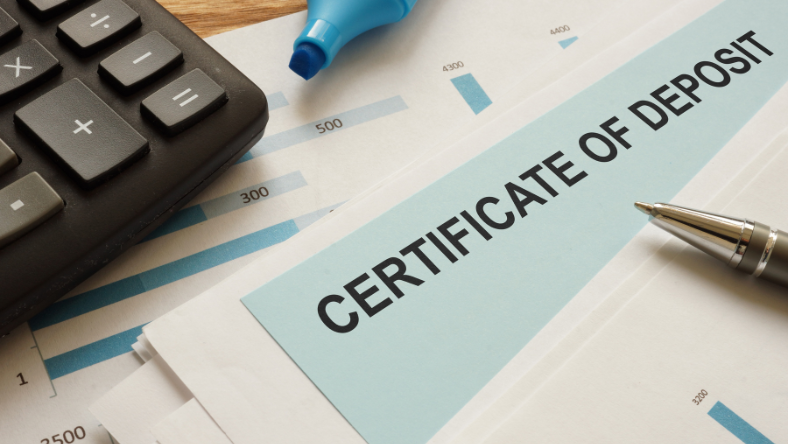What Is ‘Soft Saving’?

What Is Soft Saving—and Why It’s Changing How We Think About Money
Soft saving is a growing financial trend that prioritizes balance and well-being over extreme saving strategies. Instead of cutting every expense to retire early, this approach encourages saving while still enjoying life today. It’s about creating a sustainable plan that supports both your future goals and present happiness.
What is Soft Saving?
In a time of rising financial uncertainty, student loan burdens, and social pressure to "have it all," a new approach to personal finance is gaining traction—soft saving. This mindset stands in stark contrast to aggressive strategies like FIRE (Financial Independence, Retire Early), offering a more balanced and wellness-focused approach to managing money.
Instead of sprinting toward early retirement or making drastic lifestyle cuts to build wealth, soft saving emphasizes moderation. It allows for saving without sacrificing all of life's present joys.
Soft Saving Strategies for Modern Money Management
Soft saving is a flexible, less rigid approach to money management. It recognizes the importance of setting aside funds for the future, such as emergencies, retirement, or significant expenses, without requiring people to forgo their present needs.
Unlike traditional saving methods that emphasize strict budgets and future-focused sacrifices, soft saving prioritizes balance:
- Pay your bills on time
- Save when possible
- Enjoy today without guilt
Why Soft Saving Is Trending
Economic Pressures
Gen Z faces a very different economic reality than previous generations. With rising housing costs, high student loan debt, and stagnant wages, aggressive saving goals like early homeownership or retirement feel out of reach for many.
Soft saving offers a practical alternative. It allows people to move forward financially without feeling defeated by unrealistic milestones.
Focus on Mental Health
Money anxiety is real. In a climate of economic volatility, constantly worrying about every dollar can take a significant toll on mental well-being.
Soft saving supports mental health by reducing pressure. It allows for intentional spending on things that bring joy, such as experiences, therapy, fitness, or rest, while still building a solid financial foundation. For many, this balance leads to a more sustainable and positive relationship with money.
Influencer Culture and Tech Tools
Technology also makes soft saving easier. Apps like Acorns, Qapital, and YNAB (You Need A Budget) automate small savings or help track flexible spending goals with no spreadsheets required.
How to Practice Soft Saving
Build a Realistic Budget
- 50% of income for needs (housing, bills, groceries)
- 30% for wants (entertainment, dining out, hobbies)
- 20% for savings and debt repayment
Automate Small Savings
Set up automatic transfers, even if it's just $25 per paycheck, into a savings account or retirement plan. Automation builds the habit with minimal effort and reinforces a long-term mindset without strain.
Spend on What Matters to You
Soft saving isn't about cutting all spending; it's about spending with intention. Want to take a weekend trip, learn a new skill, or enjoy regular dinners with friends? Build those priorities into your budget.
Start Small with Investing
You don't need a financial advisor or thousands of dollars to start investing. Micro-investing platforms like Stash or Acorns enable you to grow your wealth gradually, allowing you to participate in the market with low risk and minimal knowledge.
Revisit Your Plan Regularly
Your financial situation and goals will likely evolve. Check in every few months to reassess your spending, savings, and priorities. The power of soft saving lies in its adaptability, allowing you to make adjustments as your life changes.
What's Next?



